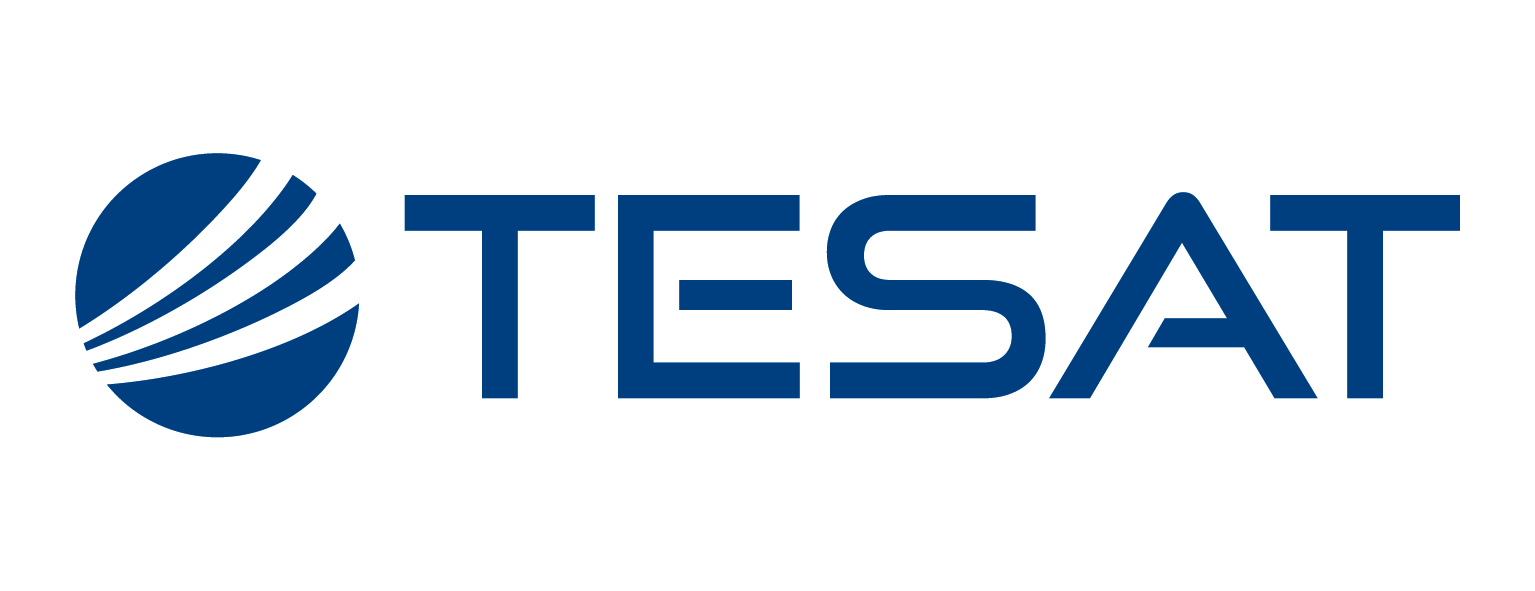-
StatusCompleted
-
Status date2016-02-10
-
Activity Code5C.086
The increasing number of channels results in output multiplexers (OMUX) with a higher number of channels and a larger footprint. The use of dielectric loaded resonators and/or folding of the manifold will enable a reduction of the footprint. Advances in the understanding of dielectric loaded resonators and the availability of very low loss dielectric material have lead to the introduction of novel dielectric resonator configurations. Very low dissipation losses in the dielectric can now be achieved resulting in acceptable temperatures of the dielectric such that it is feasible to built 120W channel filters in Ku-band. At the same time the dissipation losses are significantly reduced due to the improved resonator Q. Thus, high power dielectric OMUX in Ku-band with at least 25% reduced dissipation losses become feasible with 25% footprint, 50% mass reduction and superior spurious performance in comparison to competing dual-mode TE113 or even lower loss TE114 cavity technology.
The close out of the study will be in 2015.



